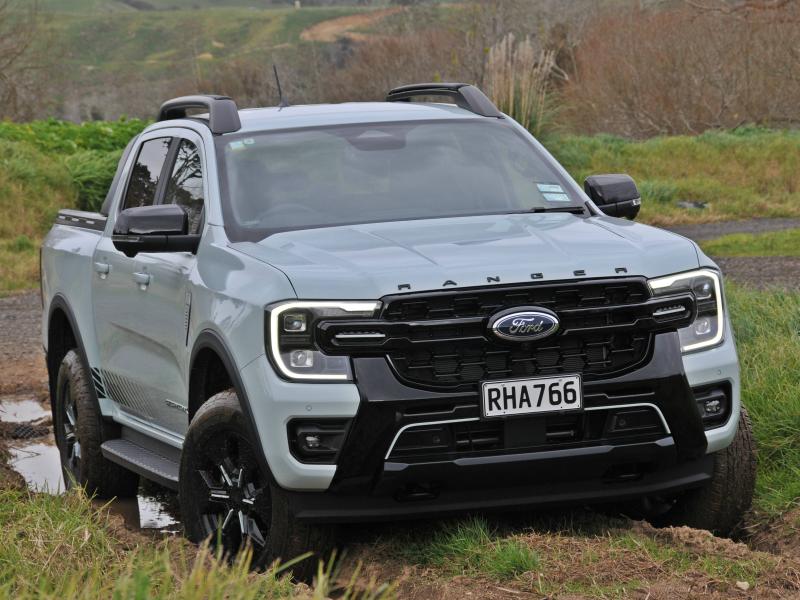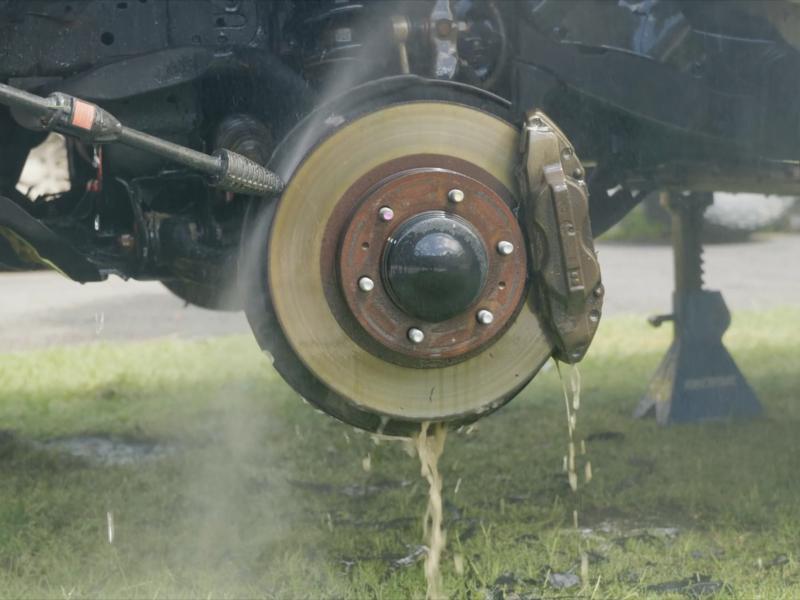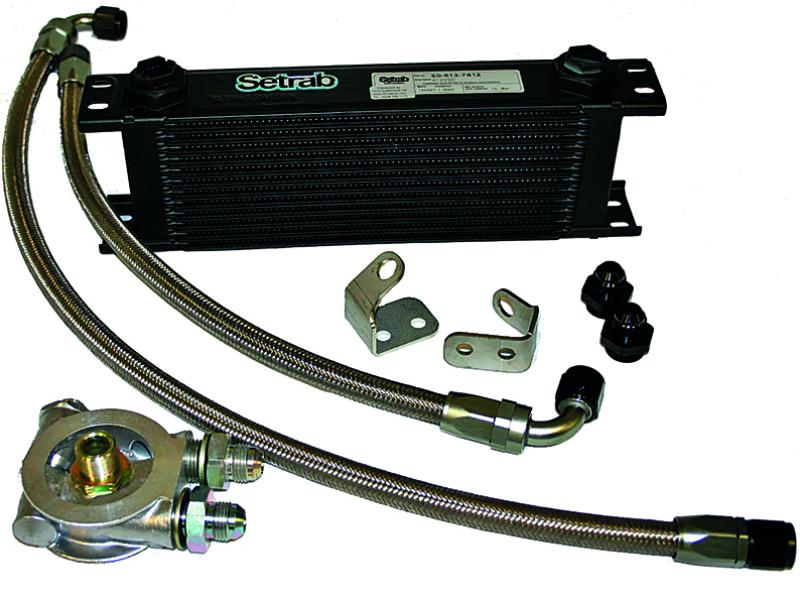Book learning is all well and good, but sometimes it’s best to combine that with proper training as well as experience.
We have previously listed 4WD trainers in the magazine, and some were listed in our feature on 4WD training in our March 2011 issue, but it would be remiss of us not to mention the tremendous contribution made to 4WD training, and especially recovery techniques, by the various 4WD clubs around the country.
In addition you can usually learn most of what you need to know to safely get around many off-road tracks by going on a 4WD safari or tag-along, whether organised by a 4WD club or private company.
Always remember the golden rules when you’re venturing off the beaten track:
- Don’t go alone unless you’re really experienced and well-equipped, and always tell someone where you’re going, and when you expect to be back.
- Two vehicles are always better than one.
- Ensure you’ve got proper off-road recovery equipment.
- Always take food and drink and warm coverings in case you have to spend the night in your vehicle.
- Don’t take risks. Make sure you know what’s over the crest of an incline or hill or how deep a river or bog hole is, or if you’ve got enough room to turn around and go back if the going gets too rough.
- As slow as possible, as fast as necessary.
Apart from the list of stuff we carry in our recovery box, and our usual “extras”, as shown elsewhere in this feature, you might be advised to take along the following:
- Toolkit
- A large plastic sheet or tarp and rope.
- GPS, compass or watch.
- Replacement fuses and electrical tape.
- Flashlight and extra batteries.
- Extra engine oil.
- Bailing wire and duct tape.
- Cell phone and/or Personal Locator Beacon.
If your vehicle is a “shinie” with a blow-up or compact spare, it might be advisable to get hold of a full-size one for off-road trips, complete with a tyre which matches those on your vehicle.
And always ensure you start your journey with a full fuel tank – it’s surprising how quickly the fuel gauge goes down when you’re off-roading!






